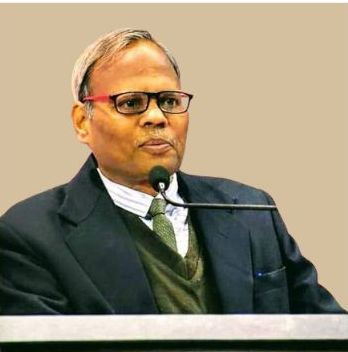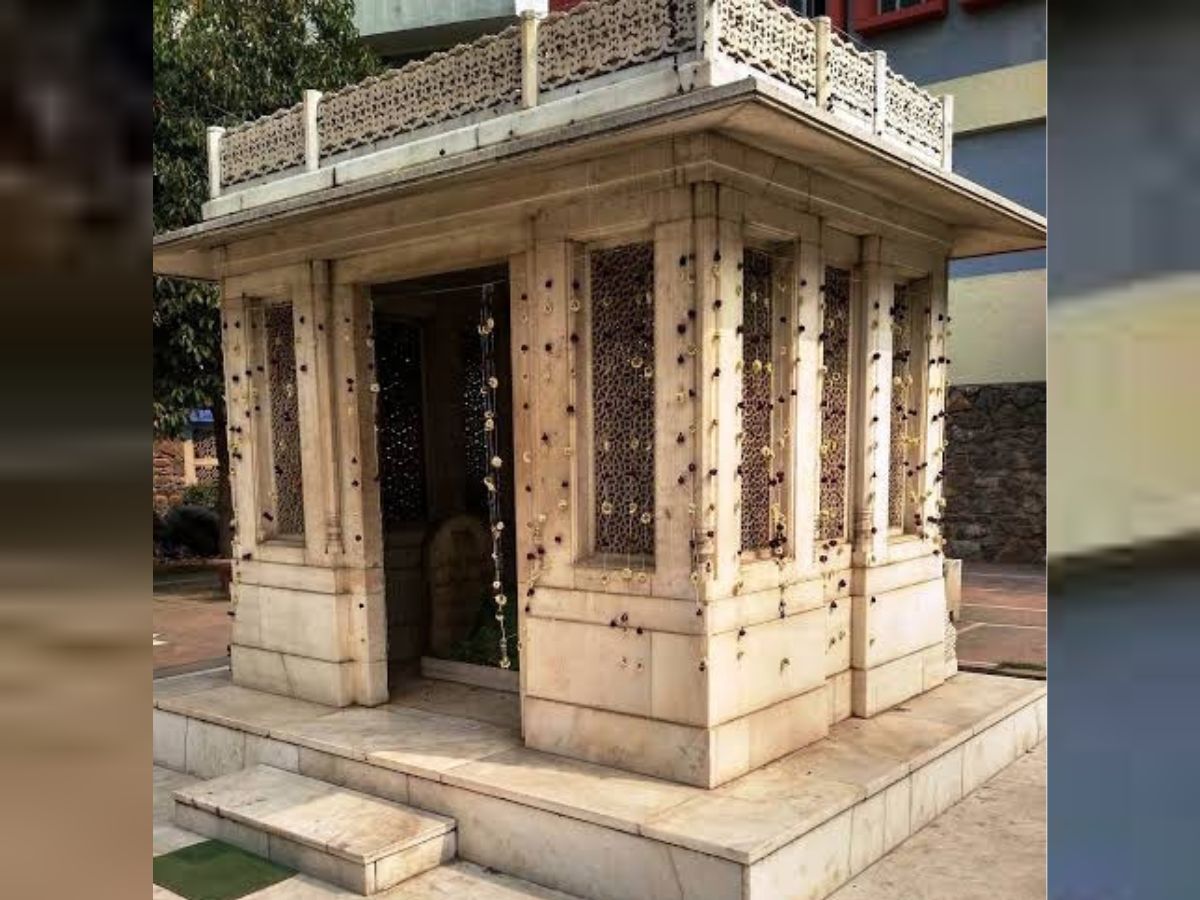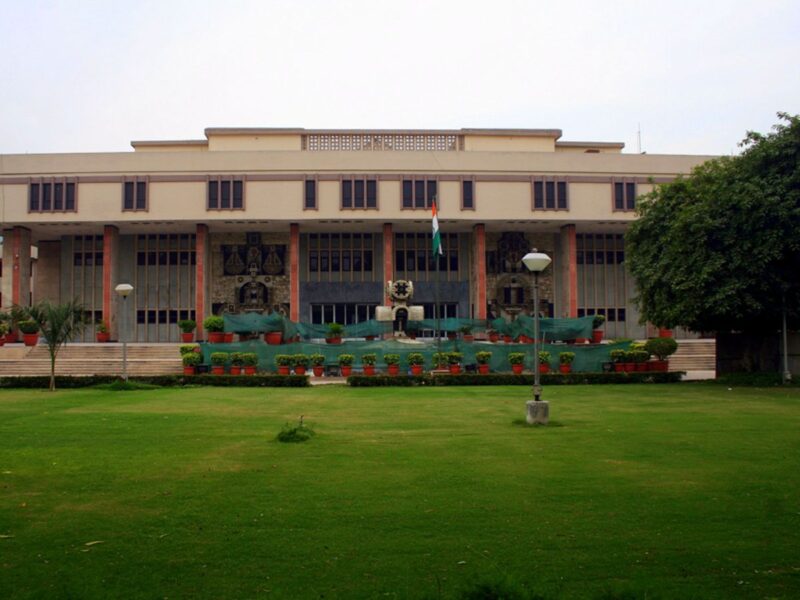Hue mar ke ham jo ruswa, hue kyun na gharq-e-dariya; Na kabhi janaaza utthta, na kahin mazaar hota
(Wish I was drowned in the river instead of being disgraced in death; Wish there was no funeral, no burial in the grave)
Well, this is another soul-stirring couplet from Mirza Asadullah Khan Ghalib. As December chill grips Delhi, some senior citizens sit around the mazaar (grave) of Mirza Ghalib in Basti Nizamuddin and enjoy the sunshine on his 226th birth anniversary on December 27.
Some urchins play cricket there even as social media is invaded by lovers of Ghalib’s writings or Rekhta generation who hum his well-known couplets. Meanwhile, you would also see some youngsters taking selfies outside the final resting place of the shayer (poet) of centuries.
While looking at the mazaar of Ghalib, you also wonder why someone who had lived almost all his life in Ballimaran in present day Delhi-6 was buried so far away? Indeed, Basti Nizamuddin is very far from Ballimaran if we take into account the time when Ghalib was around.
These two localities are separated by a distance of 10 kilometres. Of course, this distance seems very little in current times. But spare a thought for the year 1869 – when Ghalib died. There was no mode of transport then as we see now. Except for perhaps the tonga, there was no way to commute for long journeys within the city or in neighbouring areas.

So, when Ghalib passed away on February 15, 1869, his funeral procession would have covered a huge distance. Certainly, a big task for those who were taking care of his last rites and accompanying his funeral procession.
Ghalib could have been buried in one of the qabristan (graveyards) close to his abode. There are at least three burial grounds near Ballimaran — Qabristan Kadam Sharif, Qutub Road; Qabristan Ahl-e-Islam, behind Press Area on Bahadur Shah Zafar Marg; and Qabristan Mehandian, near LNJP Hospital.
They were there even then. In this backdrop, one needs to ask: Why were Ghalib’s last rites held at Basti Nizamuddin and not close to his home? It is a fair question.
Well, Ghalib was originally from Agra and shifted to Delhi when he was in his teens. There was no particular burial ground which could be called his family qabristan. But there was a qabristan of his in-laws at Basti Nizamuddin. It was his desire that he should be laid to rest there. So, the wish of the great poet, who had penned down Hazaaron khvaahishen aisii ki har khvaahish par dam nikle… (There are thousands of wishes that you desperately wish to be fulfilled…), was granted.
Aqeel Ahmad, secretary of Ghalib Academy, says that Ghalib’s wife was from Loharu. Her family had qabristan at Mehrauli as well as at Basti Nizamuddin. The Mehrauli qabristan was located near the dargah of sufi saint, Qutbuddin Bakhtiar Kaki. However, Ghalib’s wife, father-in-law and some other close relatives were buried in Basti Nizamuddin qabristan.
Many old timers would recall that Ghalib’s grave was in a shambles till Mirza Ghalib film was released in 1954. Produced by Sohrab Modi and written by Sadat Hasan Manto, Mirza Ghalib film left a big impact on popular imagination.

It was screened even at Rashtrapati Bhavan, where President Rajendra Prasad and Prime Minister Jawaharlal Nehru and other VVIPs reportedly viewed and praised it.
It is said that Nehru was so impressed with the film that he remarked to Sohrab Modi, “You have brought back Ghalib to life.”
Once the film made good money, Sohrab Modi renovated Ghalib’s mazaar from his own pocket. While Mirza Ghalib was being screened in Delhi and getting huge response, Manto died in Lahore.
It is very likely that while living in Mori Gate in Delhi in the 1940s, Manto had visited the mazaar of Ghalib for some inspiration.
When Manto died, his bosom friend from Delhi days, Krishan Chander, himself a great writer, wrote, “It is so heart-breaking that when the film written by Manto is doing so well, he (Manto) has passed away.”
During his visits to Delhi, even Allama Mohammad Iqbal visited the mazaars of Ghalib as well as Hazrat Nizamuddin.
Iqbal visited Ghalib’s mazaar for the first time on September 2, 1905, when he was on his way to England.
Iqbal had great respect for Ghalib. It goes without saying that Ghalib and Iqbal were versatile, thoughtful and renowned poets. They wrote in Urdu as well as in Persian.
“Iqbal valued Ghalib highly and there are several verses to vindicate that. In fact, Iqbal treated Ghalib as his master and there are critics who have gone to the extent of saying that Iqbal is Ghalib’s incarnate as he took the mission of Ghalib to the logical conclusion. But both of them had their own philosophies as poets,” says Feroze Bakht Ahmed, former Chancellor of Maulana Azad National Urdu University.
Actually, Iqbal believed that visiting the mazaar of Ghalib is like visiting some place of pilgrimage.
However, it was Hakeem Abdul Hameed, the founder and first chairman of Hamdard Dawakhana, who generously donated money to build Ghalib’s mazaar in marble. While talking to this writer in his spacious Kautilya Marg residence in 1996, the grand old man of Delhi and also the founder of Hamdard University (Jamia Hamdard) had said, “Like many, I was very unhappy to see the mazaar of Ghalib not in a good shape. So, when I established Ghalib Academy, I also decided to re-develop the mazaar. In my endeavour to make the mazaar good, I was assisted and advised by eminent Urdu poet Gulzar Dehlvi.”
It may be recalled that Hakeem sahib had purchased the land in Nizamuddin Basti for Rs 1 lakh to build the Ghalib Academy. Of course, it was a staggering sum during those days. The Ghalib Academy was inaugurated on February 22, 1969 by (late) Zakir Hussain, the then President of India.
As you move out from Ghalib’s mazaar and leave the crowded Basti Nizamuddin, you pause and look at the gate of Ghalib Academy. You think that Ghalib at least has a decent final resting place. Spare a thought for Zauq, who wrote Kaun jaaye Zauq Dilli ki galiyan chhor kar (who wants to leave Delhi’s bylanes, Zauq), and another celebrated poet Mir Dard. Their graves are in appalling state in Nabi Karim area of Paharganj and Basti Khwaja Mir Dard in Minto Road.

immensely in keeping the legacy of Ghalib alive
The remains of Sheikh Mohammed Ibrahim Zauq lie unnoticed below a public lavatory. Amid the dirty roads and crowded bylanes, the stink of the neglected heritage rises thickly in the damp air.
“I am sure if Zauq had been alive, perhaps he would have modified his famous verse Kaun jaaye Zauq Dilli ki galiyan chhor kar,” says Ahmad.
Ahmad, also a noted author and historian, further says, “The entrance to the Khwaja Mir Dard Basti, an urban slum adjacent to Zakir Hussain College which has been named in the poet’s honour, houses the tomb. One can enter it either from this side or walk a little further and enter the basti from near a petrol pump beyond the college. Neither of the roads is very clean.”
In a nutshell, Mirza Ghalib had a better final resting place compare to Zauq and Mir Dard.





